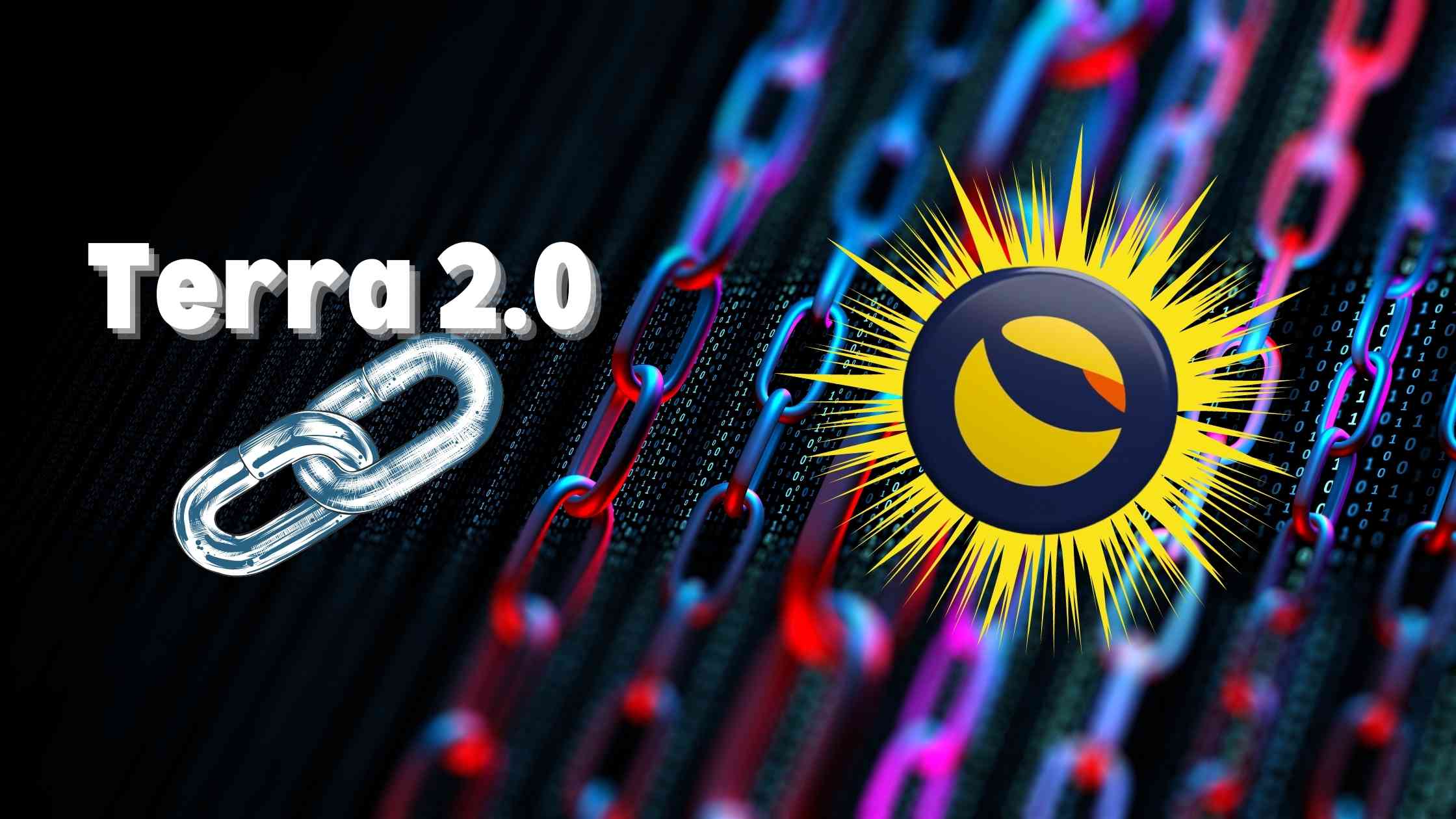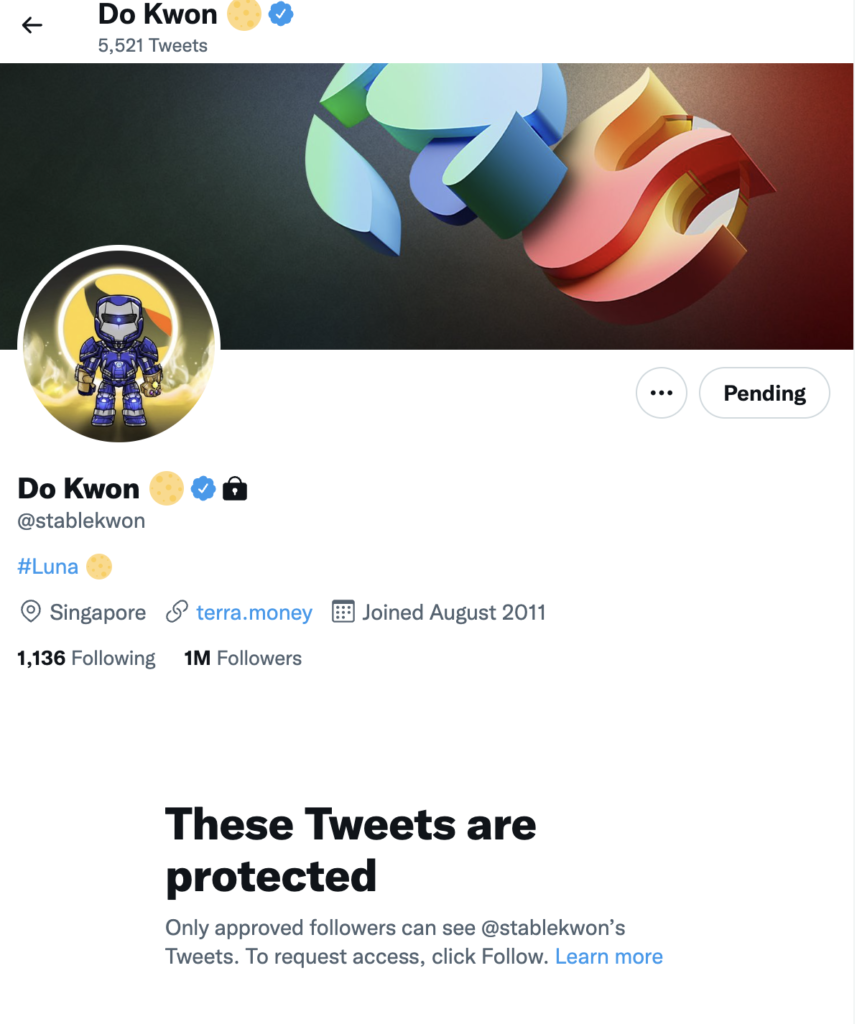Cryptocurrency Tracking System To Be Launched in South Korea
The crypto tracking system will keep a record of transaction history, gather information on transactions, and verify the origin of funds both before and after transfers.
The South Korean Ministry of Justice plans to launch a “Virtual Currency Tracking System” to combat money laundering and recover funds tied to criminal activities. This system will monitor transaction history, gather transaction information, and check the origin of funds before and after the remittance.
Regulators in South Korea are also cracking down on the broader crypto industry, recently investigating exchanges for native token listings and excluding global crypto exchanges from plans for third-party digital exchanges in the city of Busan.
The tracking system will be rolled out in H1 2023, and the ministry intends to develop its own tracking and analysis system later in the year. The aim is to improve the forensic infrastructure and conform to international standards in the fight against crime. The South Korean police have previously partnered with five local crypto exchanges to support criminal probes and foster a secure trading environment for crypto investors.
According to the press statement, the system is set to improve the forensic infrastructure and to come into aid in building a criminal justice system at international standards. All of this is needed to combat the level of sophistication that digital crime has reached over recent years, especially in regard to cryptocurrencies.
Police in South Korea has already established an agreement with local crypto exchanges that fight against digital crime and try to create a secure trading environment for crypto investors.
South Korea is harsh on crypto exchanges
The South Korean Supreme Court declared that Bithumb, a crypto exchange, must compensate investors for a 1.5-hour service disruption that happened on Nov. 12, 2017. The final ruling mandates that damages from $6 to $6,400 be paid to 132 affected investors. The total damages to be paid by the exchange rise up to $202,400 (251.4 million won).
The court stated that the operator, not the users who pay commissions, should bear the responsibility and cost of technical failures.
Bithumb is South Korea’s largest exchange and was temporarily impacted by a sudden doubling of average order volume. The exchange is facing ongoing investigations, including a special tax probe and a fraud case against a former chair.
South Korean government reacts to the Terra collapse
South Korean authorities are still investigating and confiscating assets related to the Terra ecosystem over six months after its collapse. In November, 140 billion won ($108 million) was seized from Terra co-founder Shin Hyun-Seong, and now, the Seoul Southern District Court has ordered to freeze of 120 billion won ($92 million) in assets of former and current CEOs of Terraform Labs’ affiliate Kernel Labs. The news was reported on Dec. 20 by The Korea Economic Daily.
Kernel Labs is a blockchain consultancy founded in 2018, specializing in decentralized apps and blockchain payments. It has close ties to Terraform Labs, with its CEO previously serving as VP of Engineering there and some employees having worked at Terraform’s South Korean office. The Seoul Southern District Court has seized 120 billion won ($92 million) in assets from Kernel Labs’ former and current CEOs as part of its ongoing investigation into the collapse of the Terra ecosystem. The court also accepted the prosecution’s request to confiscate assets from 7 individuals involved in profiting from the sale of pre-issued Terra tokens.
The CEO of Kernel Labs, Kim Hyun-Joong, is among those targeted in the Terra case, with prosecutors alleging he made illegal gains of at least $61 million. Another executive of Kernel Labs, a former CEO, is believed to have received $31 million in illegal proceeds. Kim reportedly made several real estate purchases in South Korea in 2021, including a $27 million building in the upscale neighborhood of Gangnam-gu and a $7 million apartment in Seongdong-gu.
The Terra case continues as global authorities search for Terraform Labs’ CEO, Do Kwon, who is believed to have fled to Serbia after leaving Singapore.
The Terra collapse has been one of the biggest impactful events in the crypto market in 2022. Its algorithmic stablecoin, TerraUSD Classic (USTC), was once among the top 10 cryptocurrencies but lost its dollar peg in May. This led to a chain reaction in crypto markets, resulting in major liquidations and instability, hitting hard the crypto lending sector.





